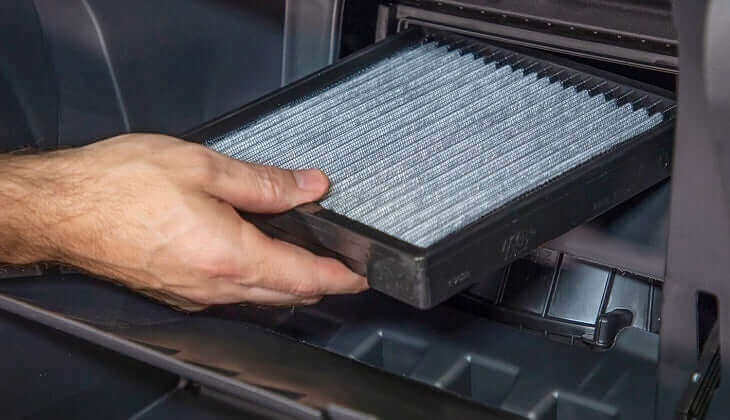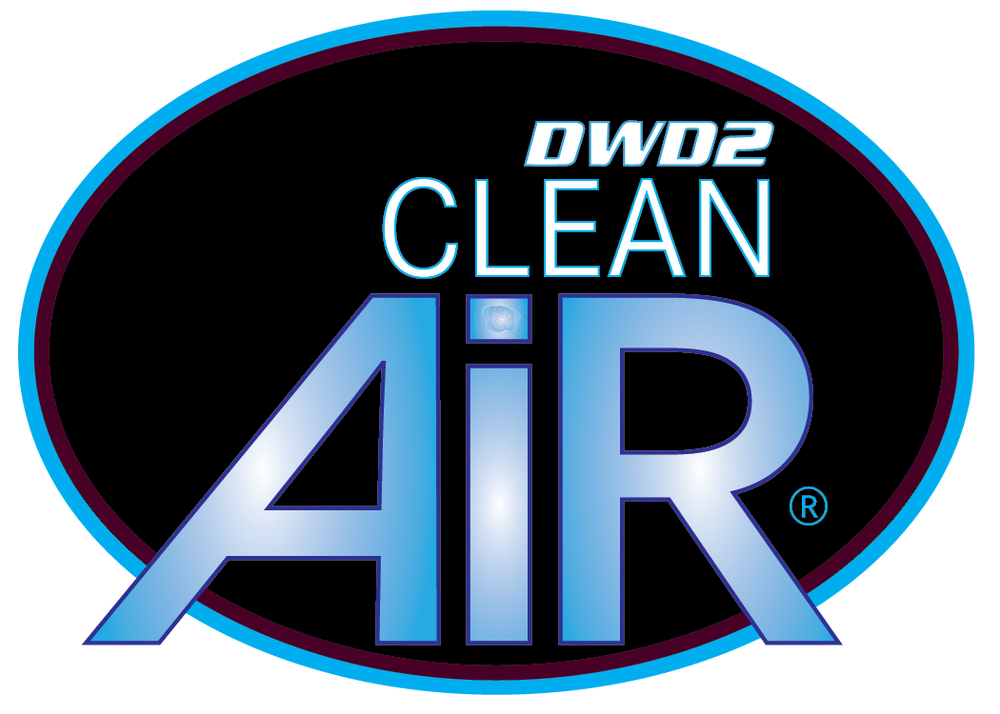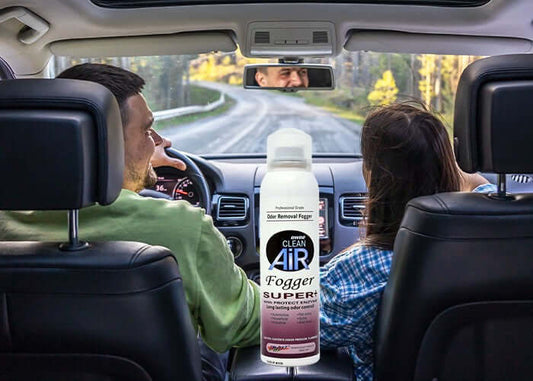Why Changing the Cabin Air Filter may not be Enough?

What is a cabin air filter?
Most late-model vehicles contain cabin air filters to catch airborne particles that can make it less pleasant to ride in a car. This filter is a small pleated unit, often made of engineered or paper-based material, multifiber or cotton. Before air moves into the car's interior, it goes through this filter. Trapping any contaminants (such as dust, small insects, and debris) within the air to prevent them from infiltrating the air you breathe.
Is a Cabin air filter effective?
The cabin air filter in a vehicle helps remove harmful pollutants, including pollen and dust, from the air you breathe within the car. This filter is often located behind the glovebox and filters the air as it moves through the vehicle's HVAC system. If you notice that your car has an unpleasant odor or the airflow has decreased. It could be a sign of a more significant issue than a new cabin air filter can solve independently.
When is it time to replace the cabin air filter?
Within the owner's manual for your car, you might find mileage stamps for recommended cabin air filter changes. However, they vary depending on the type of vehicle and manufacturer. Some recommend changing every 15,000 miles, while others suggest a changing at least every 25,0000-30,0000 miles. Each manufacturer has its recommendation, so reviewing the manual for your specific make and model will provide you with insights into its needs. The area where you drive can also play a role in how often you change the filter. Those who drive in urban, congested areas or places with humid air might need to replace their filters more frequently. If you live in an area with a desert climate, your filter might get clogged with dust faster, requiring frequent changes.
Where does the Cabin Air filter fall short?
Installing a new cabin air filter is an excellent step to take to make sure your air is free from particles and dust. However, it does nothing to combat mold and bacteria growth. As debris pile up mixed with the air conditioner's damp environment, it becomes an ideal breeding ground for mold and bacteria to thrive. And grow deep within the evaporator core of your ventilation system. Replacing with a new air filter when your a/c has mold growth is like changing a dirty diaper without first wiping the baby clean. Similarly, you would not want to install a new cabin air filter without first addressing the heart of the issue. Whenever you change your cabin air filter, we suggest first cleaning the evaporator with a non-corrosive foam cleaner that is strong enough to take care of the mold, such as DWD2 Clean Air Evaporator Cleaner.
Signs that your ventilation system may have an issue that a new cabin air filter won’t be able to solve on its own:
- Reduced or weak airflow, even when the heat or air conditioner on high.
- A whistling sound coming from the cabin air intake ducts Musty, unpleasant odors coming through the air in your vehicle
- Excessive noise when the heating or cooling system is running.
The good news!
The good news is that most of these issues can easily be avoided with regular, proper maintenance and cleaning. Be sure to replace your cabin air filter according to the manufacture guidelines. Cleaning your ventilation system between cabin air filter changes using a non-corrosive foam cleaner, such as DWD2 Clean Air Evaporator Cleaner will keep you’re A/C fresh and running at peak performance. Another additional step you can take is to use our Protect Mold Treatment Spray in the cabin air filter opening before replacing with a new air filter as well as directly on the filter itself. This will help inhibit future mold and bacteria growth and should keep you ventilation system clean and fresh for months to come!




